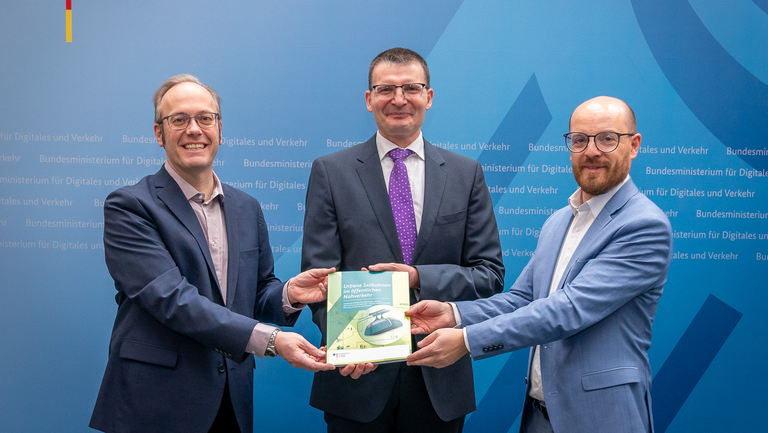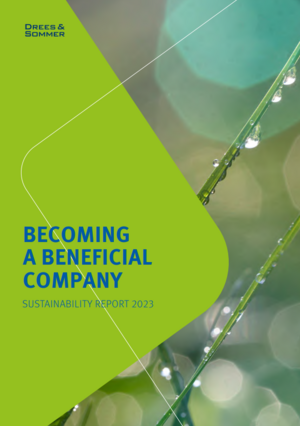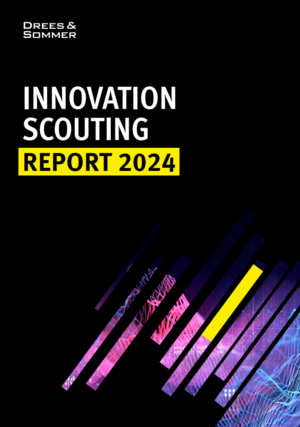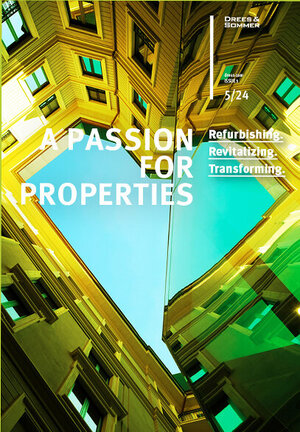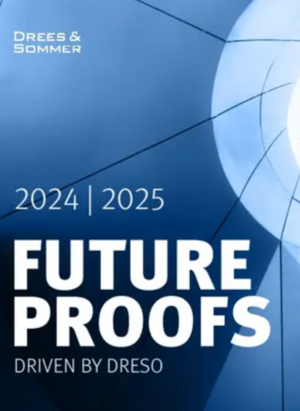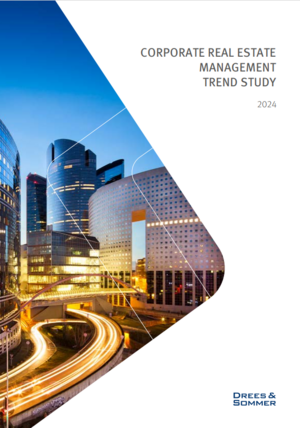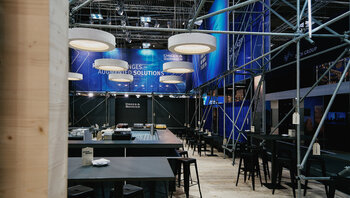Berlin, Germany, December 8, 2022. Can urban cable cars become a fixed component of public transport in our cities? The idea may sound rather adventurous, because in Germany we normally think that cable transport systems are only relevant in tourist resorts, but it can nevertheless be a sensible option for many German cities. How and why could urban cable transport systems provide an effective supplement to the urban public transport infrastructure in Germany? On this subject, the Federal Ministry of Transport and Digital Infrastructure (BMDV) commissioned Drees & Sommer and the Stuttgart-based Institute of Transportation Research (VWI) to compile a guideline for cable transport systems as a component of public passenger transport (Urbane Seilbahnen im öffentlichen Nahverkehr), which the Ministry presented in Berlin at the beginning of December.
‘Cable cars are a reliable, proven and sustainable mode of transport. Urban cable transport systems can overcome obstacles such as hills, rivers and transport routes, they can close gaps in the local public transport network, extend existing routes and connect new residential or commercial estates. They are climate-friendly and economical in their use of space. This document offers guidance to local communities that want to use this potential in the implementation of projects – through all phases from the initial idea, the planning and the construction to the operation of the system,’ explains Volker Wissing, Federal Minister for Digital and Transport.
Tried and Tested Internationally – But Still Lead a Shadowy Existence in Germany
Urban cable cars already exist in Toulouse in France or in La Paz in Bolivia, which has the largest network in the world with ten routes. However, in spite of the undisputed advantages of urban cable cars they are still hardly ever mentioned in Germany, although the demand certainly exists: ‘Especially in large cities, roads and the local public transport systems are stretched to the limit, or sometimes completely unable to cope with the demand. The increasing problems of traffic congestion, noise and emissions mean that cable cars, as an alternative urban public transport resource, are featuring more and more in the discussions of transport planners. The new guideline offers German cities, towns and municipalities solid information about how such cable car projects can be sensibly integrated into their urban and transport planning systems and how public acceptance of this mode of transport can be strengthened. The main focus is on social and political factors, a comparison of the costs and benefits and the introduction of a national standard,’ explains Drees & Sommer’s infrastructure expert Sebastian Beck, who participated in the study.
For example, the guideline offers cities, towns and municipalities a model project sequence which can help them in the implementation of cable car projects. The guideline also offers notes on public participation and consultation and on possible subsidies.
For more information (in German): BMDV unterstützt Kommunen mit Leitfaden für urbane Seilbahnen (bund.de)

